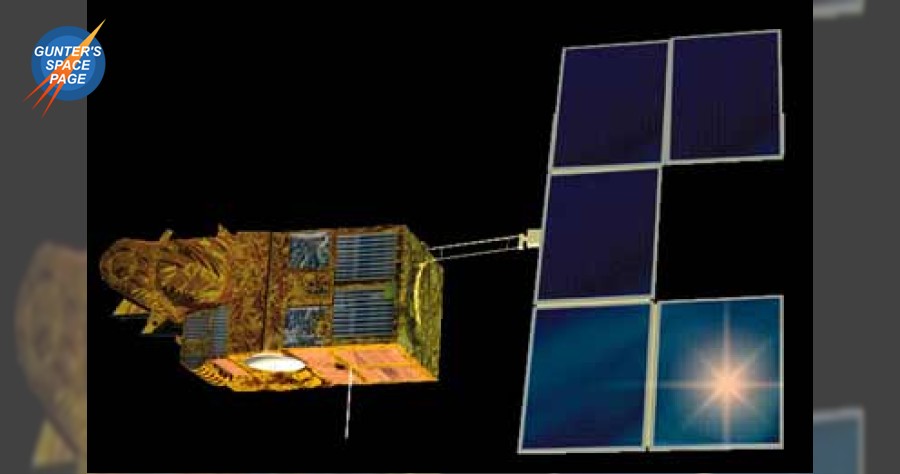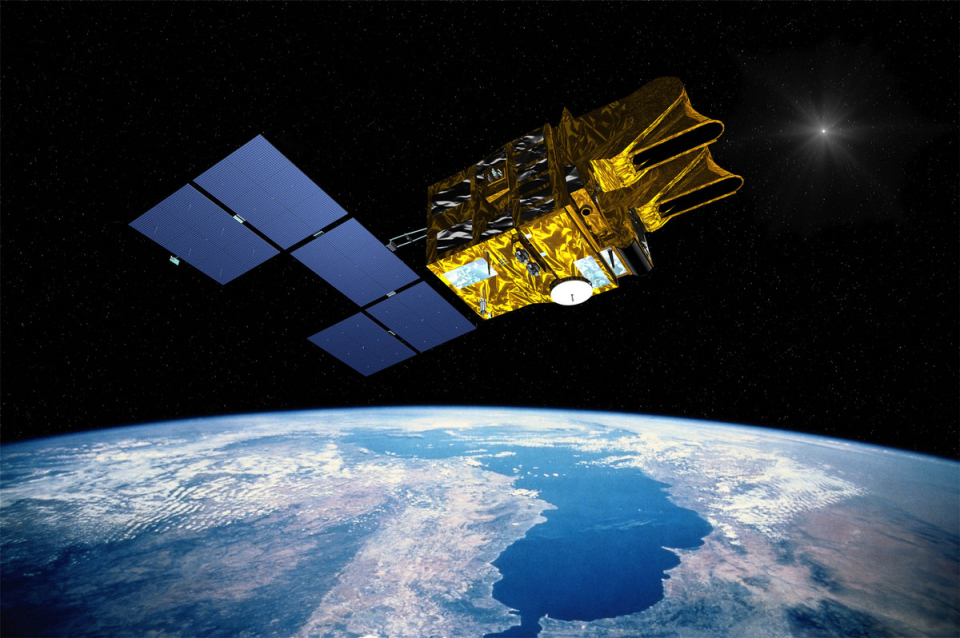Spot Satellite Sensor Characteristics
Lidar a light detection and ranging sensor that uses a laser light amplification by stimulated emission of radiation radar to transmit a light pulse and a receiver with sensitive detectors to measure the backscattered or reflected light.
Spot satellite sensor characteristics. Provide orthoimagery at 1 5 m spatial resolution. It is run by spot image based in toulouse france. Spot products monitor your location connecting to emergency responders while out of cellular range. Spot 4 was successfully launched in march 1998.
Spot sells affordable satellite safety devices delivering reliable location based tracking messaging and lifesaving s o s. The spot 4 satellite carries two hrvir detectors. The spot satellites orbit at an altitude of 822km. Spot 6 and spot 7 technical performance was successfully enhanced with the experience of spot 5 in order to.
The imagery covers wide ground swaths at a very high resolution and the spacecraft and orbit design allows for rapid revisit times as low as one day. There have been four spot satellite pour l observation de la terre satellites launched since 1986 providing medium to high resolution of the earth s surface. Maintain a high level coverage capability by capturing bandwidth of 60 km and up to 120 km from to in one pass mosaic. Spot satellite imagery is marketed to commercial customers for a variety of purposes and data is also combined with radar imagery acquired by other satellites to generate high level data products.
The hrvir is similar to the hrv except that hrvir has an additional short wave infrared swir band and the wavelength bandwidth of the panchromatic mode for hrvir is narrower than that for hrv. Spot 1 2 and 3 carried a multi spectral xs and panchromatic p sensor on board. Some satellite sensors allow scientists to determine the chemical content of the earth s upper atmosphere using a technique called solar occultation in which a sensor is pointed toward the horizon at sunrise and sunset to measure the profile of the stratosphere and mesosphere about 30 times per day. Spot is a commercial high resolution optical earth imaging satellite system operating from space.
10 00 am local time at descending node period 98 79 minutes cycle 26 days. Each spot 1 and spot 2 satellite carries two hrv sensors constructed with multilinear array detectors operating in a cross track direction. Orbital characteristics and viewing capability spot 6 and spot 7 missions are designed to achieve efficiently both collection of large coverage and collection of individual targets that are possible thanks to the extreme agility of the satellite. It has been designed to improve the knowledge and management of the earth by exploring the earth s resources detecting and forecasting phenomena involving climatology and oceanography and monitoring human activities and n.
In this way sensors such as the stratospheric aerosol and gas experiment sage can determine the presence and abundance of gases and particulates by measuring precisely the visible. Distance to the object is determined by recording the time between transmitted and backscattered pulses and by using the speed of light to calculate the distance traveled.











































